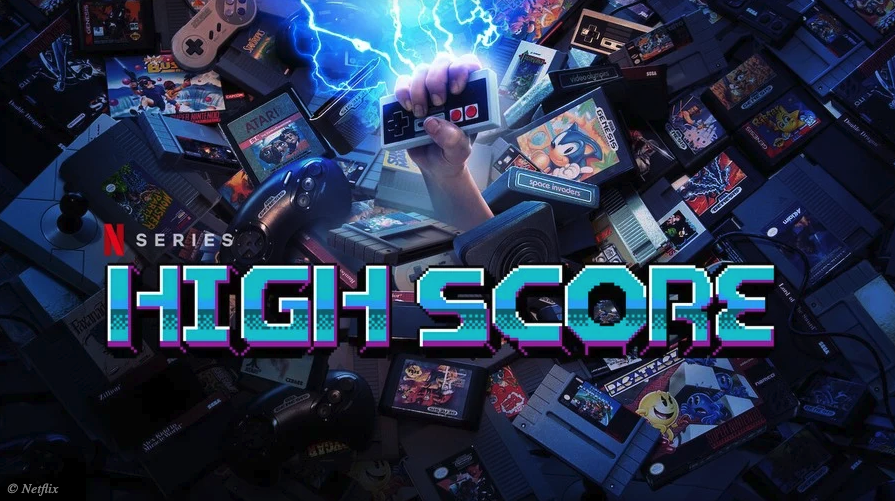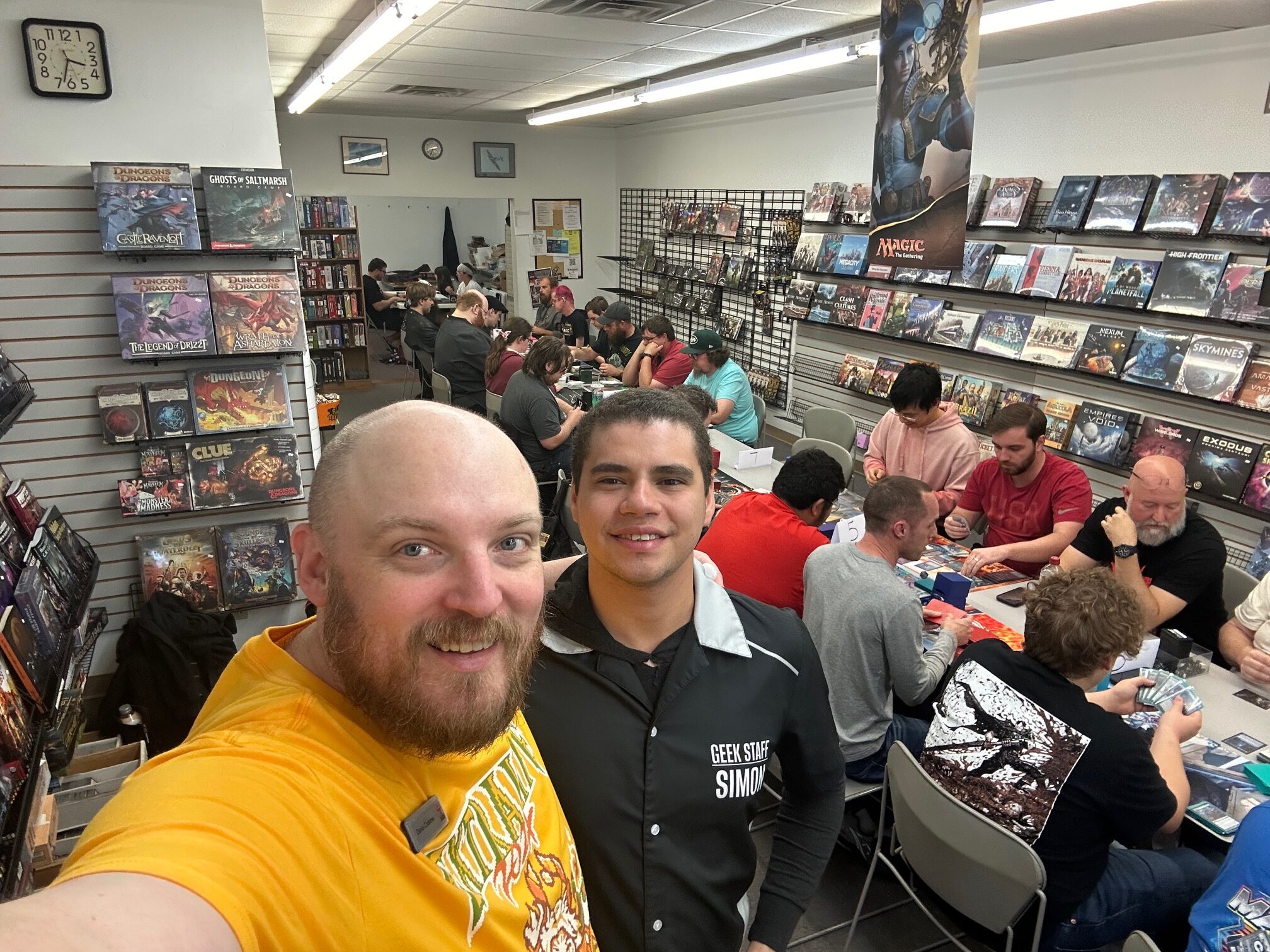Extra Life Reviews Netflix’s High Score
The recent release of High Score continues the trend of video game documentaries set by the 2012 release of Indie Game: The Movie. However, instead of being confined to a feature-length film, High Score embraces the format of a miniseries. The slick documentary features interviews with gaming luminaries from the birth of the medium until the modern-day. Armed with impressive production value, excellent lighting, and smooth animations, the series offers a surface-level overview of video game history.

While many veteran gamers might have an understanding of where video games came from and how the industry came to be the way it is, High Score caters to newcomers while offering just enough fun facts and insights for diehards to enjoy the ride.
The first episode in the six-part series talks about the lead up to the video game crash of 1983, bookended by a narration courtesy of Howard Scott Warshaw, the creator of the critically acclaimed Yar’s Revenge and the “worst game of all-time” E.T. the Extra Terrestrial. The main body of the series, however, is narrated by Charles Martinent, best known for his role as the voice of Mario. It tracks through the creation of Space Invaders, Pac-Man, competitive gaming, game mods, modular gaming, and ends in the crash that almost shelved video games forever.
These won’t be news to many who have delved deeply into video game culture and history. However, High Score goes the extra mile and obtains some truly special interviews. Tomohiro Nishikado appears to talk about how his designs in Space Invaders were inspired by his experience as a child reading H.G. Well’s War of the Worlds and anxiety about alien invasion. We get to hear about how he set out to create something similar to Atari’s Outbreak but couldn’t figure out what to make the enemies. The original version of Space Invaders starred invading enemy soldiers, but Nishikado scrapped the idea after seeing Star Wars. We also get to see him performing magic tricks and thumbing nostalgically through his original game design notebook with the designs for the aliens and code written by hand.
The documentary shifts to an interview with Rebecca Ann Heineman who holds the distinction of being the first eSports champion. She won the first formal video game competition ever, the Atari Nation Video Game Championship held in 1980. The documentary points out that this was made possible due to Space Invaders being the first game to track and carry over high scores from one game to the next, establishing the arcade tradition of signing scores with initials. It lightly touches on the fact that Heineman is a trans woman, but it glosses over the fact that she went on to become a legendary game designer creating and working on The Bard’s Tale, Neuromancer, Ultima I, Doom, Wolfenstein 3D, Baldur’s Gate II: Shadows of Amn, Icewind Dale, and Medal of Honor, just to name a few.
Doug Macrae, Steve Golson, and Mike Horowitz make appearances to talk about how they created game modifications to help keep the arcade industry alive only to find themselves being sued by Atari. At the time, Atari was the largest consumer electronics company on the planet, but they managed to argue Atari into a position that would require the court case to set a dangerous precedent. This led Atari to settle with the requirement that the three come work at Atari and that they obtain permission for any further commercial game modifications. Their final project, however, was a modification to Pac-Man, which they presented to Midway as being a settled legal precedent. Midway agreed to allow the modification to be sold, which led to the creation of Mrs. Pac-Man.
We see brief spotlights of Toru Iwatani explaining how he created Pac-Man to appeal to women by designing a game around eating instead of killing. He also explains how the dots in Pac-Man are supposed to be cookies. We also hear Atari’s side of the lawsuit from Nolan Bushnell, the founder of the company.
We finally come to one of the most moving interviews of the first episode: The family of Jerry Lawson. Lawson worked for an electronics company called Fairchild. During his tinkering, he managed to create modular gaming, the technology that allowed games to be put on cartridges and become portable for the first time. Consoles still use the fundamental technology to this day with the Nintendo Switch still relying on cartridges to this day. Lawson’s work resulted in the Fairchild Channel F console and changed gaming forever.
Finally, Howard Scott Warshaw rounds out the episode with the story of how he was given the impossible task of creating E.T. the Extra Terrestrial for Atari within five weeks. His pitch meeting to Steven Spielberg occurred 36 hours after Warshaw accepted the assignment. The critical reception of E.T. and Atari’s port of Pac-Man began a massive downturn in the popularity of video games as companies rushed to push out low-quality games. This led to the video game crash of 1984.
“There’s a lot of different ways to look at what a video game is. As a game designer, it’s not about what I’m putting on the screen, and it’s not about what’s in my design. It’s about what’s going on in the head of the player.” – Howard Scott Warshaw
High Score moves quickly, however, it doesn’t dive deeply into any one topic or offer much analysis to explain why certain aspects of the industry are the way they are. It does, however, give a cursory understanding of video game history while capturing valuable interviews with the aging giants of the industry. Each of the six episodes run forty-five minutes and present similar depth. A very fun romp through the young history of the video game medium that occasionally features incredibly interesting interviews and stories from the people who made the industry what it is today.
Don’t forget to sign up for Extra Life to help sick and injured kids in hospitals around the US and Canada by playing games!





